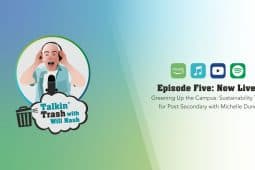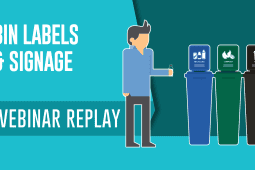July 27, 2016
Dichlorodiphenyltrichloroethane, also known as DDT, is a synthetic pesticide that was once widely used to combat insects until it was found in the 1970s to be harmful to fish and water supplies. Since its ban by the American government, studies have continuously shown a relationship between human exposure to DDT and reproduction issues and cancer, having since been labelled a probable human carcinogen.
DDT was first created in 1874 when chloral was exposed to chlorobenzene and sulfuric acid. In 1939, Swiss chemist Paul Herman Müller discovered that this chemical reaction could be useful as an insecticide, and it was used during the Second World War as a defence against lice, fleas and mosquitoes, carriers of typhus, plague, malaria, and yellow fever. After the Second World War DDT continued to be used as an insecticide on farms.
By the late 1950s, the U.S. Department of Agriculture began to regulate and prohibit DDT citing evidence of the pesticide had toxic aftereffects. Further measures followed during the 1960s after Rachel Carson’s 1962 book Silent Spring, which called for better regulations on pesticides. In 1972, the newly established Environmental Protection Agency issued a ban on DDT, finding the adverse environmental effects and human health risks outweighed any benefits DDT could provide.
—
Other Sources
Editors of Encyclopaedia Britannica. “DDT.” Encyclopaedia Britannica. https://www.britannica.com/science/DDT. Accessed July 28, 2016.
Unites States Environmental Protection Agency. “DDT – A Brief History and Status.” EPA. https://www.epa.gov/ingredients-used-pesticide-products/ddt-brief-history-and-status. Accessed July 27, 2016.






